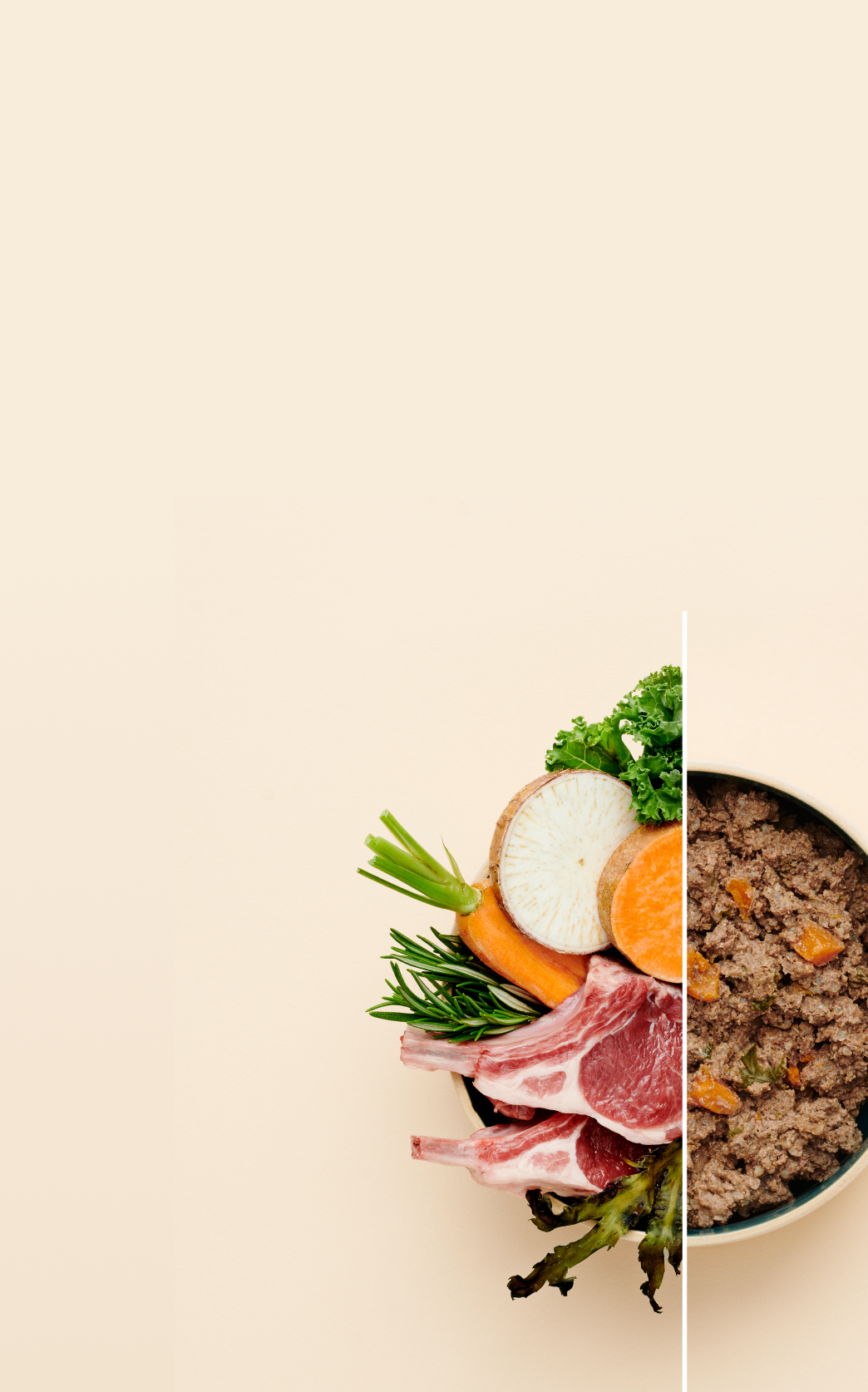What Dog Treats Are Safe For Puppies? Your Guide to Puppy-Friendly Snacking
When selecting treats for your puppy, safety is of paramount importance. Puppies have delicate digestive systems, and their nutritional needs are different from those of adult dogs. The ideal treats should not only be a delicious reward but also serve as a tool for training and reinforcement of positive behaviour.

Just as proper nutrition is critical during a puppy's developmental stages, choosing the right treats is equally essential. Treats that are natural and of high quality are easier to digest and nutrients that support growth. However, it's also crucial to know which treats to avoid to prevent potential health risks to your young canine companion.
Key Takeaways
- Dog treats can be used effectively for puppy training and positive reinforcement.
- Some treats should be avoided to prevent health issues in puppies.
Are Dog Treats Good for Puppies?
When introducing dog treats to your puppy, it's critical to select ones that are safe and appropriate for their developing bodies. It’s also key to understanding the correct use of treats to encourage positive behaviour.
How Should You Use Treats With Puppies?
Treats can be quite beneficial for puppies when used as a part of their training regimen. By rewarding your puppy with a treat for good behaviour or after they successfully complete a command, you reinforce that behaviour positively. However, treats should not replace a balanced diet.
- Balance: Treats should only make up a small percentage of your puppy's daily caloric intake.
- Supervision: Always watch your puppy while they enjoy a treat to ensure they don't choke.
Only Use Treats for Training
Utilising treats exclusively for training purposes helps establish a connection between obeying a command and receiving a reward. This method promotes obedience and can significantly aid in your puppy’s learning process.
- Routine: Establish a routine where treats are linked to training sessions to cultivate discipline.
- Control: Maintain control over treat distribution to prevent overfeeding.

Break Treats Into Smaller Pieces
For puppies, large treats are not just a choking hazard, but they can also contribute to unhealthy weight gain. It's important to break treats into smaller, manageable pieces that are easy for a puppy to chew and digest.
- Size: The size of the treat piece should be appropriate to the puppy's size.
- Frequency: Offer these smaller pieces sparingly to avoid overfeeding.
What Treats for Puppies Are Puppy Training Treats?

Selecting the right treats for your puppy is essential during training. Puppy training treats should be appealing to your puppy, easy to eat quickly, and healthy to support their growth and development.
Air-dried or Soft Baked Treats
Air-dried or Soft baked treats are ideal for puppies due to their texture which is easier on their developing teeth. Look for options that are high in protein and low in fat, made with safe, dog-friendly ingredients.
Dog-Friendly Human Foods
Certain human foods can also serve as good training treats for your puppy. Small pieces of cooked chicken, turkey, or plain pumpkin can be beneficial and enticing rewards during training sessions. Always confirm that the human food is safe for dogs and does not contain any spices, onions, garlic, or other harmful substances.
Homemade Dog Treats
For puppy owners who prefer homemade options, creating your own dog treats allows you to control the ingredients, ensuring they are healthy and suitable for your puppy. Basic recipes might include a combination of cooked, pureed pumpkin or sweet potato with wholemeal flour, rolled oats, and a protein like peanut butter or egg. Remember to cut them into small, bite-sized pieces for easier consumption during training.
Puppy training is a crucial time to establish good habits, and treats are a part of that process. Suitable treats can facilitate learning, build a stronger bond between you and your puppy, and contribute to their overall well-being. When in doubt about what treats to select, or if your puppy has specific dietary needs, consulting with a veterinarian can provide guidance for the healthiest choices.
What Dog Treats Should I Avoid Giving My Puppy?

When choosing treats for your puppy, it's vital to know which are appropriate and which should be strictly off the menu. Puppies have delicate digestive systems, and certain treats can be more harmful than beneficial.
Avoid the following types of treats for your puppy:
-
High-fat treats: Puppies can struggle with too much fat, which could lead to pancreatitis. Treats with a high-fat content, like some commercially available chewy treats, should be given sparingly.
-
Sweets and chocolate: Absolutely avoid chocolate, which contains theobromine, lethal in small amounts. Artificial sweeteners, especially xylitol, are also highly toxic to dogs.
-
Rawhide: These are difficult for puppies to digest and can be a choking hazard. They might also be processed with harmful chemicals.
-
Bones: Cooked bones can easily splinter and cause internal damage or an obstruction.
-
Human food scraps: Not only can this encourage begging, but foods that are safe for humans, like onions and garlic, can be poisonous to puppies.
Here's a brief list of specific items to avoid:
- Grapes and raisins
- Nuts, particularly macadamia nuts
- Foods with caffeine
- Avocados
- Onions and garlic
- Alcohol
When in doubt, opt for puppy-safe options, such as special puppy chews or small amounts of vegetables like carrots. For expert advice on nutrition, Feed Your Best Friend Better provides guidance on healthy eating for your dog.
Remember, moderation is key. Even puppy-safe treats should be given in small quantities to maintain a balanced diet.







